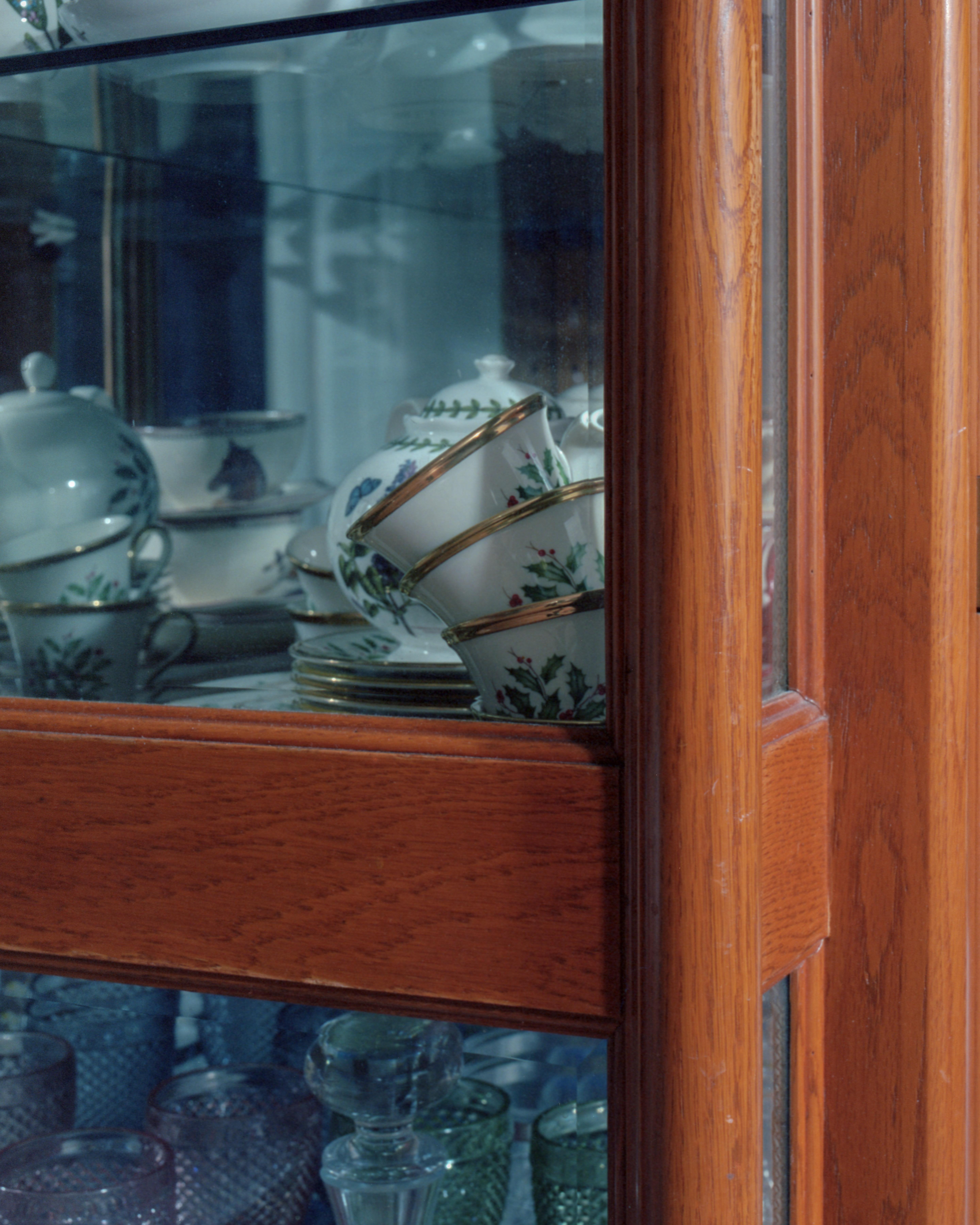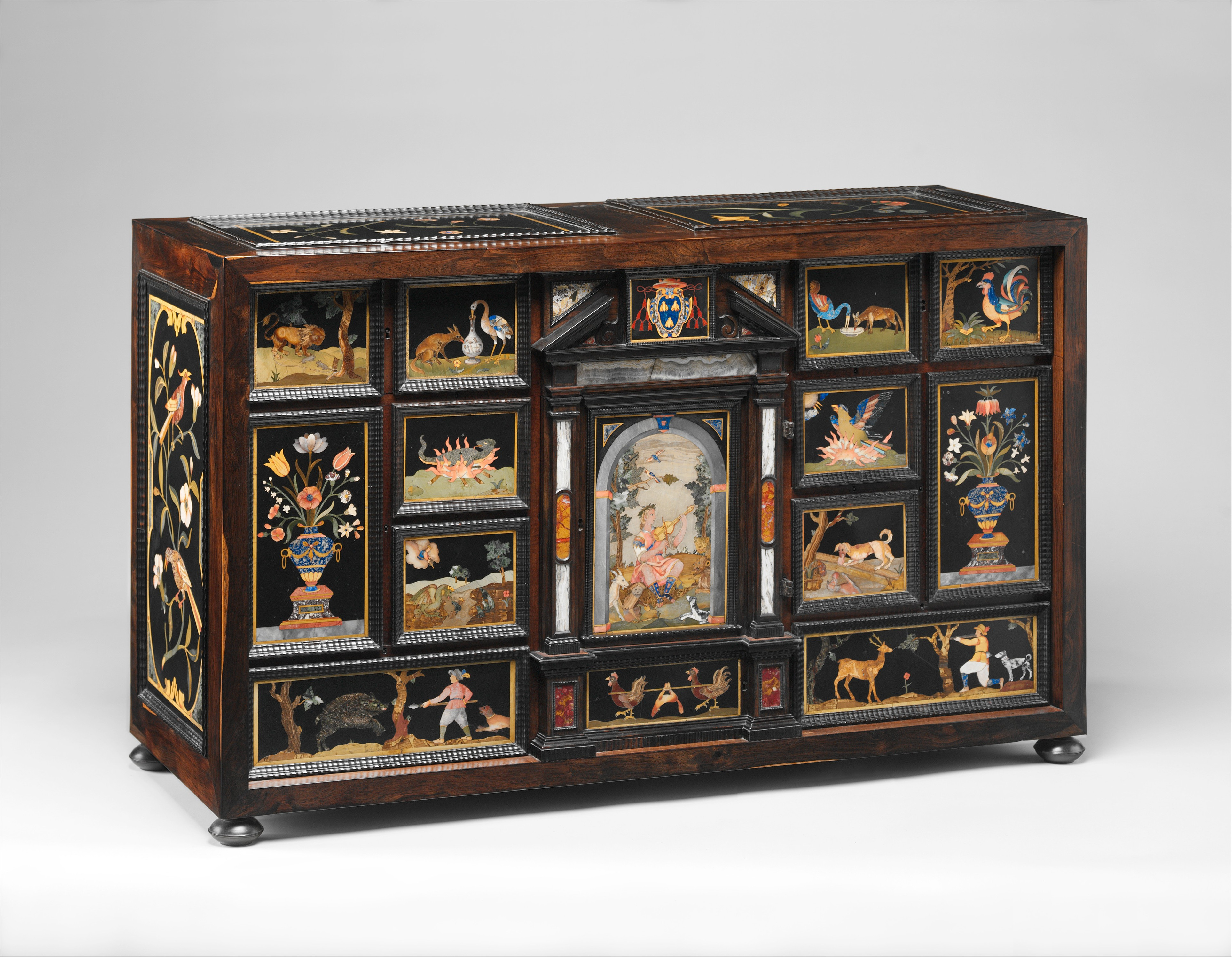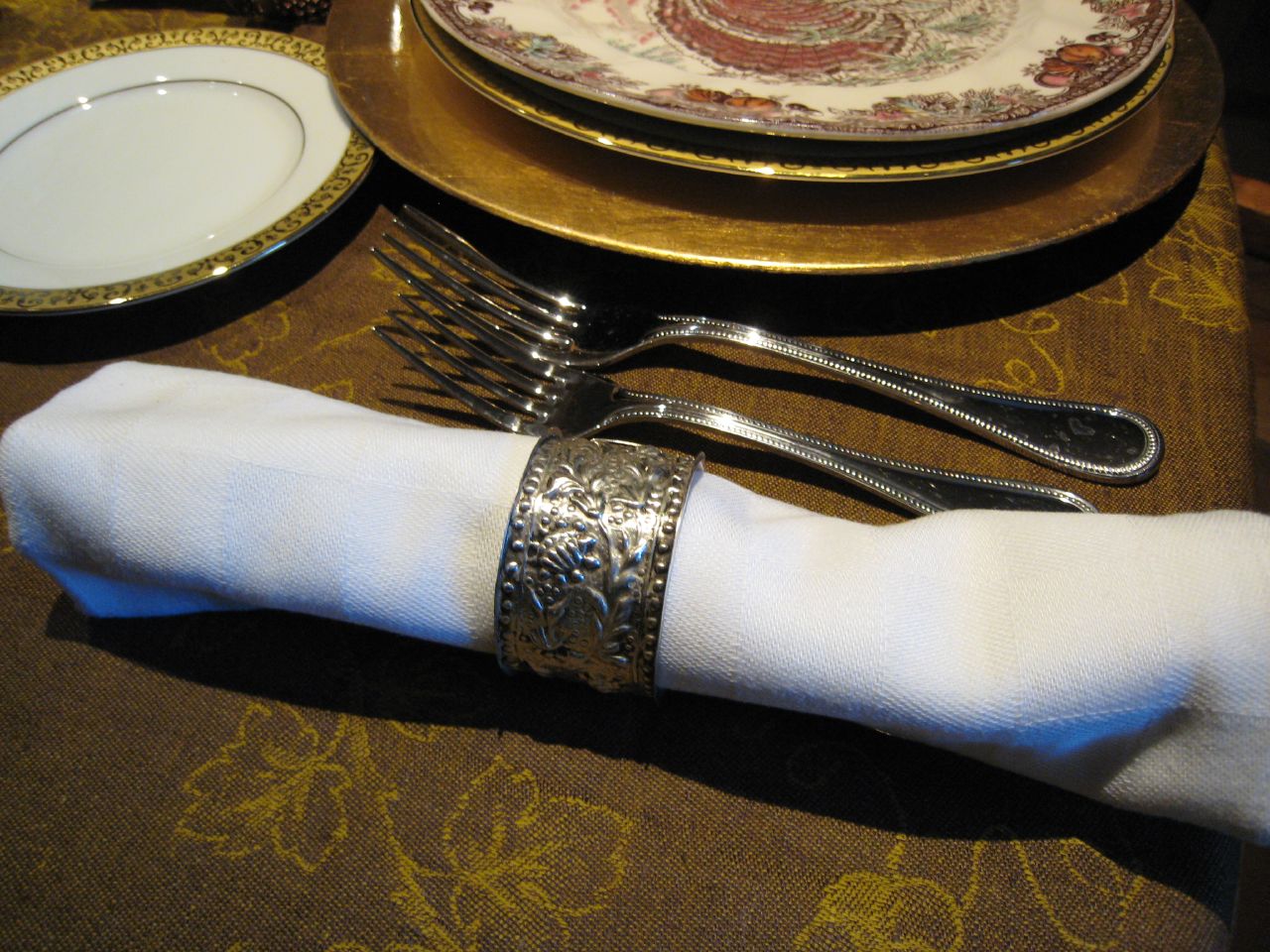|
Linen-press
Traditionally, a linen-press (or just ''press'') is a cabinet, usually of woods such as oak, walnut, or mahogany, and designed for storing sheets, table-napkins, clothing, and other textiles. Such linen-presses were made chiefly in the 17th, 18th, and 19th centuries and are now considered decorative examples of antique furniture. Early versions were often simple, with some exhibiting carving characteristic of Jacobean designs. Examples made during the 18th and 19th centuries often featured expensive veneers and intricate inlays, and were designed to occupy prominent places in early bedrooms as storage closets for clothing. In modern houses, a linen press is often a built-in cabinet near a bedroom or bathroom, for easy access to fresh bed sheets and towels. Analogous terms are ''laundry cupboard'' or ''linen cupboard''. In Ireland the term ''hot press'' describes an airing cupboard used for storing linen. See also *Cupboard *Closet A closet (especially in North American us ... [...More Info...] [...Related Items...] OR: [Wikipedia] [Google] [Baidu] |
Closet
A closet (especially in North American usage) is an enclosed space, with a door, used for storage, particularly that of clothes. ''Fitted closets'' are built into the walls of the house so that they take up no apparent space in the room. Closets are often built under stairs, thereby using awkward space that would otherwise go unused. A piece of furniture such as a cabinet or chest of drawers serves the same purpose of storage, but is not a closet, which is an architectural feature rather than a piece of furniture. A closet always has space for hanging, where a cupboard may consist only of shelves for folded garments. ''Wardrobe'' can refer to a free-standing piece of furniture (also known as an ''armoire''), but according to the Oxford English Dictionary, a wardrobe can also be a "large cupboard or cabinet for storing clothes or other linen", including "built-in wardrobe, fitted wardrobe, walk-in wardrobe, etc." Other uses of the word In Elizabethan and Middle English, ''close ... [...More Info...] [...Related Items...] OR: [Wikipedia] [Google] [Baidu] |
Airing Cupboard
A cupboard is a piece of furniture for enclosing dishware or grocery items that are stored in a home. The term gradually evolved from its original meaning: an open-shelved side table for displaying dishware, more specifically plates, cups and saucers. These open cupboards typically had between one and three display tiers, and at the time, a drawer or multiple drawers fitted to them.Andrews, John (2006) ''British Antique Furniture''. Antique Collectors' Club ; p. 226 Types of cupboards Airing cupboard An airing cupboard (or hot press) is a built-in storage space, sometimes of walk-in dimensions, containing a water heater, either an immersion heater for hot running water or a boiler for central heating water (hence, also "boiler cupboard"), or a hot water storage tank. Shelves, usually slatted to allow for circulation of heat, are positioned above or around the heater to provide room for clothing. The purpose is to allow air to circulate around the stored fabrics to prevent d ... [...More Info...] [...Related Items...] OR: [Wikipedia] [Google] [Baidu] |
Closet
A closet (especially in North American usage) is an enclosed space, with a door, used for storage, particularly that of clothes. ''Fitted closets'' are built into the walls of the house so that they take up no apparent space in the room. Closets are often built under stairs, thereby using awkward space that would otherwise go unused. A piece of furniture such as a cabinet or chest of drawers serves the same purpose of storage, but is not a closet, which is an architectural feature rather than a piece of furniture. A closet always has space for hanging, where a cupboard may consist only of shelves for folded garments. ''Wardrobe'' can refer to a free-standing piece of furniture (also known as an ''armoire''), but according to the Oxford English Dictionary, a wardrobe can also be a "large cupboard or cabinet for storing clothes or other linen", including "built-in wardrobe, fitted wardrobe, walk-in wardrobe, etc." Other uses of the word In Elizabethan and Middle English, ''close ... [...More Info...] [...Related Items...] OR: [Wikipedia] [Google] [Baidu] |
Armoire Avec Linge De Maison2
A wardrobe or armoire or almirah is a standing closet used for storing clothes. The earliest wardrobe was a chest, and it was not until some degree of luxury was attained in regal palaces and the castles of powerful nobles that separate accommodation was provided for the apparel of the great. The name of wardrobe was then given to a room in which the wall-space was filled with closets and lockers, the drawer being a comparatively modern invention. From these cupboards and lockers the modern wardrobe, with its hanging spaces, sliding shelves and drawers, evolved slowly. Throughout the chronological changes in the form of the enclosure, it has more or less retained its preset function as a place to retain a king’s robe. The word has gained coinage over successive generations as an independent store for among others, preserving precious items for a ruler like gold, well highlighted in King Edward I of England's times. It is also a simple patio where clothes are hung from metal ... [...More Info...] [...Related Items...] OR: [Wikipedia] [Google] [Baidu] |
Cabinet (furniture)
A cabinet is a case or cupboard with shelves and/or drawers for storing or displaying items. Some cabinets are stand alone while others are built in to a wall or are attached to it like a medicine cabinet. Cabinets are typically made of wood (solid or with veneers or artificial surfaces), coated steel (common for medicine cabinets), or synthetic materials. Commercial grade cabinets usually have a melamine-particleboard substrate and are covered in a high pressure decorative laminate, commonly referred to as Wilsonart or Formica. Cabinets sometimes have one or more doors on the front, which are mounted with door hardware, and occasionally a lock. Cabinets may have one or more doors, drawers, and/or shelves. Short cabinets often have a finished surface on top that can be used for display, or as a working surface, such as the countertops found in kitchens. A cabinet intended to be used in a bedroom and with several drawers typically placed one above another in one or more co ... [...More Info...] [...Related Items...] OR: [Wikipedia] [Google] [Baidu] |
Walnut
A walnut is the edible seed of a drupe of any tree of the genus '' Juglans'' (family Juglandaceae), particularly the Persian or English walnut, '' Juglans regia''. Although culinarily considered a "nut" and used as such, it is not a true botanical nut. After full ripening, the shell is discarded and the kernel is eaten. Nuts of the eastern black walnut ('' Juglans nigra'') and butternuts ('' Juglans cinerea'') are less commonly consumed. Characteristics Walnuts are rounded, single-seeded stone fruits of the walnut tree commonly used for food after fully ripening between September and November, in which the removal of the husk at this stage reveals a browning wrinkly walnut shell, which is usually commercially found in two segments (three or four-segment shells can also form). During the ripening process, the husk will become brittle and the shell hard. The shell encloses the kernel or meat, which is usually made up of two halves separated by a membranous partition. ... [...More Info...] [...Related Items...] OR: [Wikipedia] [Google] [Baidu] |
Mahogany
Mahogany is a straight- grained, reddish-brown timber of three tropical hardwood species of the genus '' Swietenia'', indigenous to the AmericasBridgewater, Samuel (2012). ''A Natural History of Belize: Inside the Maya Forest''. Austin: University of Texas Press. pp. 164–165. . and part of the pantropical chinaberry family, Meliaceae. Mahogany is used commercially for a wide variety of goods, due to its coloring and durable nature. It is naturally found within the Americas, but has also been imported to plantations across Asia and Oceania. The mahogany trade may have begun as early as the 16th century and flourished in the 17th and 18th centuries. In certain countries, mahogany is considered an invasive species. Description The three species are: *Honduran or big-leaf mahogany ('' Swietenia macrophylla''), with a range from Mexico to southern Amazonia in Brazil, the most widespread species of mahogany and the only genuine mahogany species commercially grown today. Illega ... [...More Info...] [...Related Items...] OR: [Wikipedia] [Google] [Baidu] |
Napkin
A napkin, serviette or face towelette is a square of cloth or paper tissue used at the table for wiping the mouth and fingers while eating. It is usually small and folded, sometimes in intricate designs and shapes. Etymology and terminology The term 'napkin' dates from the 14th century, in the sense of a piece of cloth or paper used at mealtimes to wipe the lips or fingers and to protect clothing. The word derives from the Late Middle English ''nappekin'', from Old French ''nappe'' (tablecloth, from Latin ''mappa''), with the suffix '' -kin''. A 'napkin' can also refer to a small cloth or towel, such as a handkerchief in dialectal British, or a kerchief in Scotland. 'Napkin' may also be short for "sanitary napkin". Description Conventionally, the napkin is folded and placed to the left of the place setting, outside the outermost fork. In a restaurant setting or a caterer's hall, it may be folded into more elaborate shapes and displayed on the empty plate. Origami techn ... [...More Info...] [...Related Items...] OR: [Wikipedia] [Google] [Baidu] |
Jacobean Era
The Jacobean era was the period in English and Scottish history that coincides with the reign of James VI of Scotland who also inherited the crown of England in 1603 as James I. The Jacobean era succeeds the Elizabethan era and precedes the Caroline era. The term "Jacobean" is often used for the distinctive styles of Jacobean architecture, visual arts, decorative arts, and literature which characterized that period. James as King of England The practical if not formal unification of England and Scotland under one ruler was an important shift of order for both nations, and would shape their existence to the present day. Another development of crucial significance was the foundation of the first British colonies on the North American continent, at Jamestown, Virginia in 1607, in Newfoundland in 1610, and at Plymouth Colony in Massachusetts in 1620, which laid the foundation for future British settlement and the eventual formation of both Canada and the United States of America. ... [...More Info...] [...Related Items...] OR: [Wikipedia] [Google] [Baidu] |
Clothing Containers
Clothing (also known as clothes, apparel, and attire) are items worn on the body. Typically, clothing is made of fabrics or textiles, but over time it has included garments made from animal skin and other thin sheets of materials and natural products found in the environment, put together. The wearing of clothing is mostly restricted to human beings and is a feature of all human societies. The amount and type of clothing worn depends on gender, body type, social factors, and geographic considerations. Garments cover the body, footwear covers the feet, gloves cover the hands, while hats and headgear cover the head. Eyewear and jewelry are not generally considered items of clothing, but play an important role in fashion and clothing as costume. Clothing serves many purposes: it can serve as protection from the elements, rough surfaces, sharp stones, rash-causing plants, insect bites, by providing a barrier between the skin and the environment. Clothing can insulate against ... [...More Info...] [...Related Items...] OR: [Wikipedia] [Google] [Baidu] |






.jpg)

